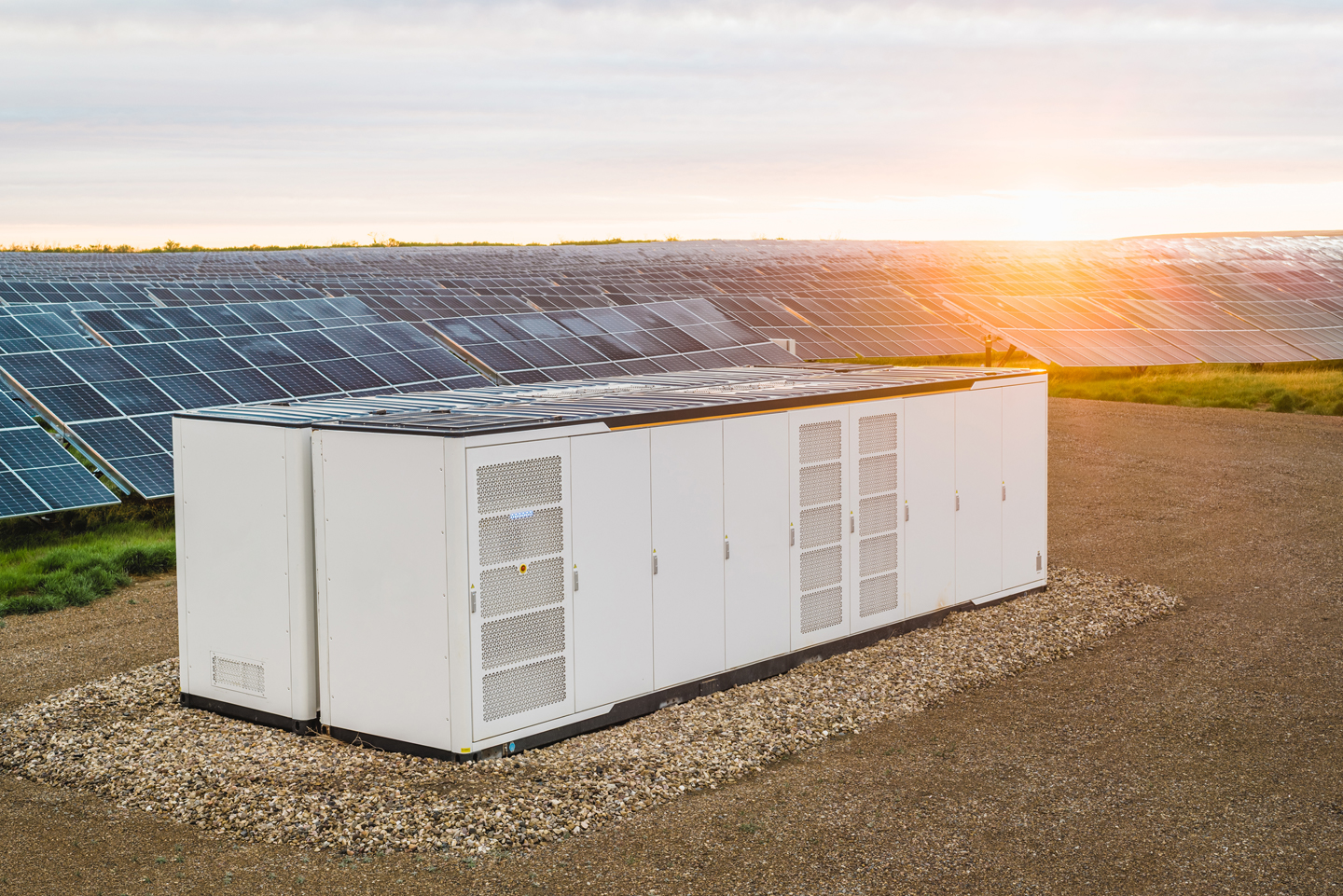
News

News
Solar energy has officially taken the lead as Malaysia’s most cost-effective source of electricity, according to BloombergNEF’s 2025 report 'Malaysia: A Techno-Economic Analysis of Power Generation'. The analysis marks a major turning point in the country’s energy landscape, showing that the economics of renewables have not only caught up to but surpassed traditional fossil-fuel generation.
BloombergNEF’s data shows that solar power became cheaper than new gas generation back in 2018, and as of 2025, its levelized cost of electricity (LCOE) has dropped below even the short-run marginal cost (SRMC) of existing coal and gas plants.
In simple terms: building new solar is now less expensive than operating Malaysia’s older thermal facilities.
This cost advantage, paired with rapid declines in battery-storage prices, is reshaping how policymakers and investors view renewable deployment. The shift is not just environmental; it’s economic.
The report projects that solar and four-hour battery storage systems will become fully cost-competitive with new gas and coal plants by 2026 and 2028, respectively.
By 2027, even firmed solar (solar with storage providing stable output) could outperform gas on operating cost, and by 2045, it could undercut coal entirely.
This marks a critical milestone for Malaysia’s National Energy Transition Roadmap (NETR), reinforcing the practicality of large-scale renewables as the backbone of the nation’s power mix.
“Our report shows just how much more cost-effective solar and batteries can be for Malaysia compared to continued reliance on thermal power plants,” said Felix Kosasih, BNEF’s Indonesia and Malaysia lead analyst.
“Malaysia can solve the energy trilemma of sustainability, security, and affordability by accelerating renewable power additions and grid capacity expansion.”
While hydrogen and ammonia have been discussed as future low-carbon fuels, BloombergNEF’s findings reveal that their use in retrofitted thermal power plants remains uneconomical.
Even by 2050, the carbon-price thresholds needed to make carbon-capture or ammonia-co-firing viable would remain significantly higher than market reality; more than US$48 per ton CO₂ for CCS and US$190 per ton CO₂ for ammonia blending.
The report suggests that direct renewable generation remains the most effective and affordable way to decarbonize Malaysia’s grid.
Conclusion
Such momentum, driven by private investment, technology maturity, and regional cooperation under ASEAN’s clean-energy framework, positions Malaysia as a leader in Southeast Asia’s renewable transition.
Solar has officially won the price race but this victory is only the beginning. As costs decline and infrastructure scales, Malaysia’s challenge now is to accelerate adoption, modernize its grid, and ensure that policy, private investment, and technology evolve together. The future of energy isn’t just renewable, it’s present reality.
Source:


Reach out to us